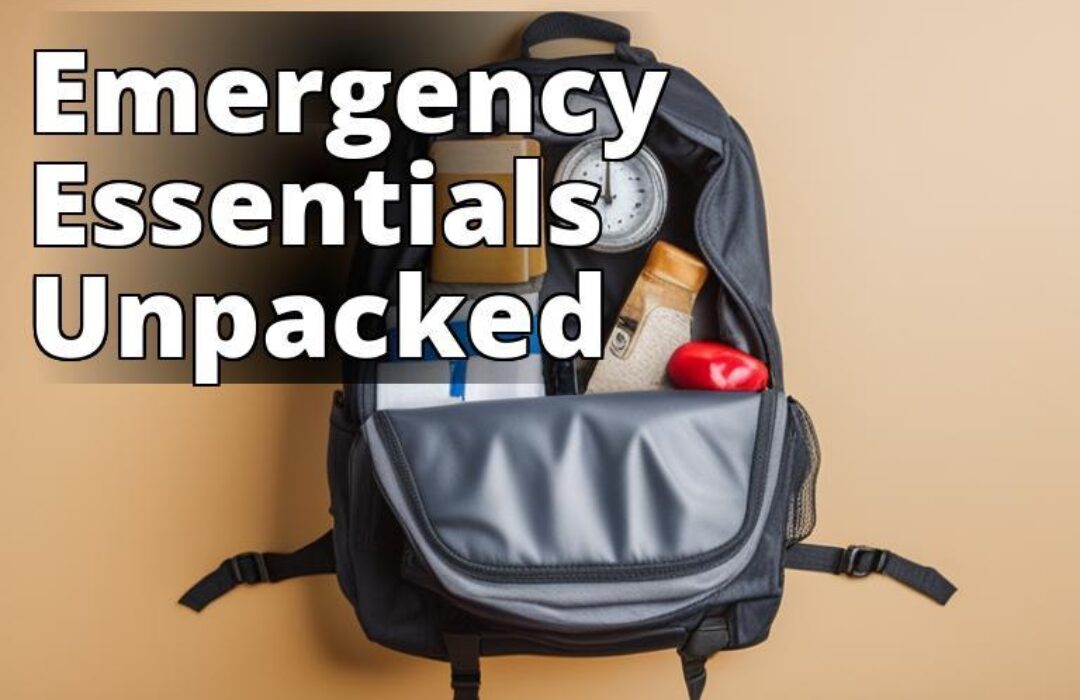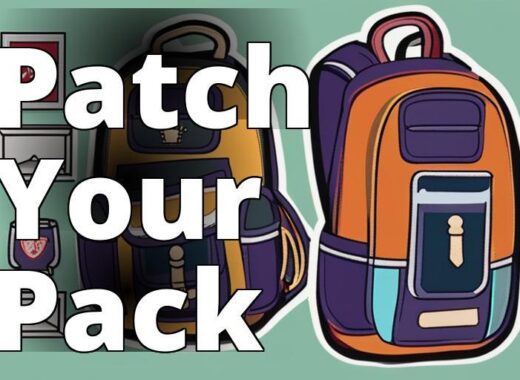
What to Pack in an Emergency Backpack
By reading this article, you will learn:
– The essential items to pack in an emergency backpack
– How to choose the right backpack for your needs
– The importance of personalizing your backpack and regularly updating its contents
– Essential documents and information to include in your emergency backpack, such as identification, contact numbers, and maps for navigation.
– The importance of a well-stocked first aid kit, including band-aids, antiseptic wipes, and prescription medications for chronic conditions.
– Food and water considerations, including non-perishable food items and water bottles or purification tablets.
– Clothing and shelter essentials, such as extra clothing, emergency blankets, and rain ponchos.
– Tools and equipment to include, such as a multi-tool, flashlight, and whistle.
– Communication and navigation items, including a battery-powered radio and compass.
– Personal hygiene and sanitation supplies, including hand sanitizer and toilet paper.
– The importance of keeping cash and important valuables in your emergency backpack.
– Miscellaneous items that can come in handy during emergencies, such as duct tape, matches, and extra batteries.
In today’s unpredictable world, being prepared for emergencies is crucial. Whether it’s a natural disaster, a sudden evacuation, or an unforeseen event, having an emergency backpack packed and ready can make all the difference. This comprehensive guide will walk you through what to pack in an emergency backpack, ensuring that you are well-equipped to handle unexpected situations with confidence and ease.
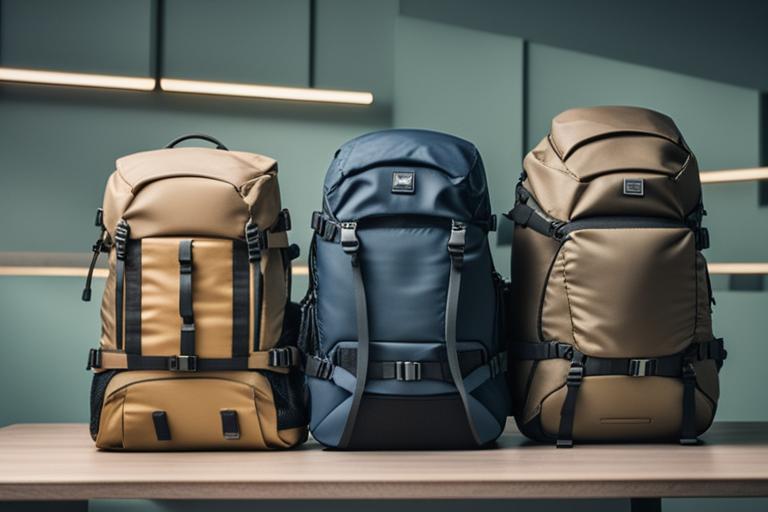
Choosing the Right Backpack
Before diving into the essential items, it’s important to choose the right backpack. When selecting a backpack for emergencies, there are a few factors to consider. First and foremost, it should be durable and built to withstand various conditions. Look for backpacks made from high-quality materials that can endure rough handling and adverse weather.
Comfort is another crucial aspect to consider. In an emergency, you may need to carry your backpack for extended periods. Look for backpacks with padded shoulder straps and a supportive back panel to minimize discomfort. Additionally, adjustable straps and a waist belt can help distribute the weight evenly and reduce strain on your back.
Size is also an important consideration. Your emergency backpack should be large enough to hold all the necessary items, but not so big that it becomes cumbersome to carry. Aim for a backpack with a capacity of around 30 to 40 liters, as this should provide enough space without being overly bulky.
Lastly, consider your specific needs when choosing a backpack. If you have any physical limitations or specific requirements, such as additional compartments for organizing your gear, make sure to take those into account.
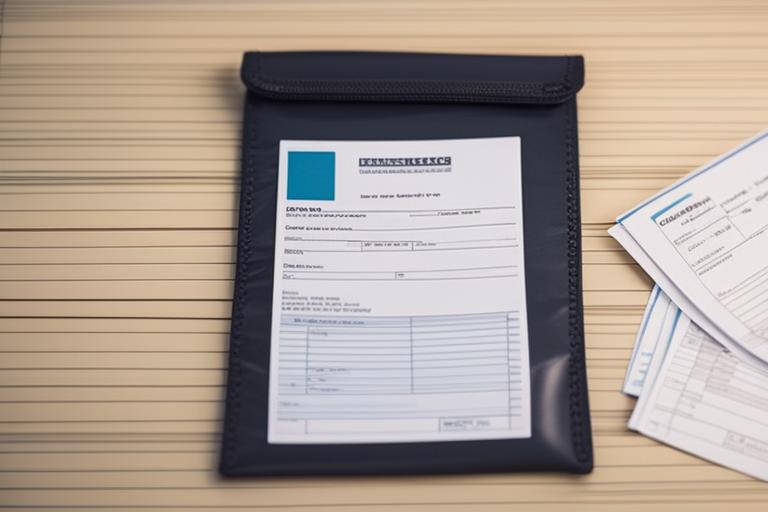
Essential Documents and Information
In any emergency situation, having access to important documents and information is crucial. Your emergency backpack should include copies of essential documents, such as identification cards, passports, and driver’s licenses. These documents can be invaluable for identification purposes, accessing services, and proving your identity.
It’s also important to include a list of emergency contact information. This should include the contact numbers of your family members, close friends, doctors, and insurance providers. In the event of an emergency, being able to quickly reach out to your loved ones and medical professionals can provide a sense of security and assistance.
Consider including maps and landmarks in your emergency backpack as well. These can be useful for navigation purposes, especially if you find yourself in unfamiliar territory. Having a clear understanding of your surroundings can help you make informed decisions and find the safest routes to reach your destination.

First Aid Kit
A well-stocked first aid kit is an absolute must-have in any emergency backpack. It can provide immediate medical assistance and help alleviate pain and discomfort until professional medical help is available. Here are some essential items to include in your first aid kit:
- Band-aids: These are essential for treating minor cuts, scrapes, and blisters.
- Gauze: Gauze pads and rolls can be used to dress wounds and stop bleeding.
- Antiseptic wipes: These are important for cleaning wounds and preventing infection.
- Adhesive tape: Tape can be used to secure dressings and bandages.
- Over-the-counter medications: Include pain relievers, antihistamines for allergies, and common medications for ailments such as cold and flu symptoms.
- Prescription medications: If you or any family members have chronic conditions, make sure to pack an adequate supply of prescription medications.
Remember to periodically check and replenish your first aid kit to ensure that all items are up-to-date and not expired.
Personal Story: The Importance of a Well-Stocked First Aid Kit
One summer, my family and I embarked on a hiking trip in the mountains. We were excited about the adventure and had packed everything we thought we would need, including a first aid kit. Little did we know that this kit would become a lifesaver.
During our hike, my son, Ethan, tripped and fell, cutting his knee on a sharp rock. The cut was deep and bleeding profusely. We immediately reached for our first aid kit and were relieved to find all the necessary supplies. We cleaned the wound with antiseptic wipes, applied gauze and adhesive tape to stop the bleeding, and used a pain relief ointment to ease Ethan’s discomfort.
Having a well-stocked first aid kit allowed us to address the situation promptly and effectively. It prevented the wound from becoming infected and provided immediate relief to my son. Without it, we would have had to rely on makeshift solutions or wait for medical assistance, which could have worsened Ethan’s condition.
This experience taught us the importance of having a well-prepared first aid kit in our emergency backpack. It’s not just about having the supplies, but also knowing how to use them. We made sure to familiarize ourselves with the contents of the kit and regularly replenish any items that were used or expired.
A first aid kit is an essential component of any emergency backpack, as it enables individuals to handle minor injuries and medical situations until professional help is available. It gives peace of mind knowing that you are equipped to deal with unexpected incidents and can provide immediate care to yourself or others in need. As we continue our outdoor adventures, our first aid kit remains a top priority in our emergency preparedness.
Food and Water
During emergencies, access to sustenance is crucial. Your emergency backpack should contain non-perishable food items that can provide you with energy and nutrition. Some examples of suitable food items include energy bars, canned goods, and dried fruits. Aim for foods that are lightweight, have a long shelf life, and require minimal preparation.
Water is equally important. Pack water bottles or invest in water purification tablets to ensure you have access to clean drinking water. In emergency situations, water sources may be contaminated, so having a means to purify water is essential. Remember to consider the dietary restrictions and allergies of you and your family members when selecting food items.
| Essential Items for Food and Water | Essential Items for Clothing and Shelter |
|---|---|
| Non-perishable food items | Extra sets of clothing |
| Energy bars | T-shirts |
| Canned goods | Pants |
| Dried fruits | Underwear |
| Water bottles or purification tablets | Socks |
| Emergency blankets or sleeping bags | |
| Rain ponchos or waterproof jackets |
Clothing and Shelter
Your emergency backpack should include essential clothing items to protect you from the elements and provide comfort. Pack extra sets of clothing suitable for the climate and weather conditions in your area. Consider including items such as t-shirts, pants, underwear, and socks. Opt for lightweight and quick-drying materials that can be easily layered for warmth.
Additionally, include emergency blankets or sleeping bags in your backpack. These can provide insulation and warmth during cold nights or unexpected situations where shelter is limited. Rain ponchos or waterproof jackets are also crucial to protect you from rain and other adverse weather conditions.
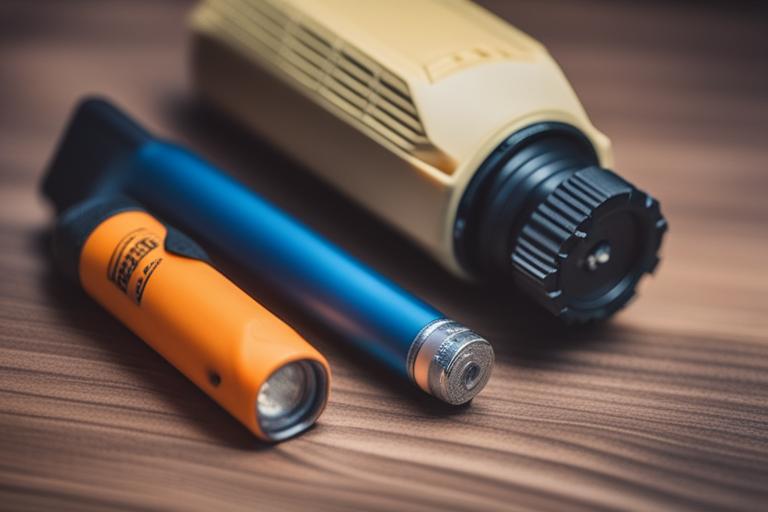
Tools and Equipment
Having a few handy tools in your emergency backpack can significantly aid in various situations. Here are some essential tools and equipment to consider:
- Multi-tool or Swiss Army knife: These versatile tools can come in handy for a wide range of tasks, from cutting ropes to opening cans.
- Flashlight and extra batteries: In emergencies, power outages are common. A reliable flashlight can provide illumination and help you navigate in the dark.
- Whistle, signal mirror, or other means of attracting attention: These items can be crucial for signaling for help or alerting others to your presence.
Remember to familiarize yourself with the proper use of these tools and practice using them before an emergency arises.
Communication and Navigation
Staying informed and being able to navigate are essential during emergencies. Include a battery-powered or hand-crank radio in your emergency backpack. This will allow you to stay updated on the latest news, weather conditions, and emergency announcements. Additionally, pack a cell phone charger or power bank to ensure that you can keep your phone charged and maintain communication with others.
A compass or GPS device is also invaluable for navigation purposes. In unfamiliar surroundings, having a reliable means of finding your way can make a significant difference. Familiarize yourself with the use of a compass and practice basic navigation skills to enhance your preparedness.
Personal Hygiene and Sanitation
Maintaining personal hygiene and sanitation is crucial for your health and well-being, especially during emergencies. Pack items such as hand sanitizer and wet wipes to keep your hands clean when access to water is limited. Toilet paper and plastic bags should also be included for waste disposal.
For individuals who menstruate, it’s important to include feminine hygiene products in your emergency backpack. These products can help maintain comfort and hygiene during challenging circumstances.
Cash and Important Valuables
In emergency situations, access to financial resources and important documents is vital. Keep a small amount of cash in various denominations in your emergency backpack. This can be useful in case of power outages or when credit card machines are unavailable.
Additionally, consider waterproof storage for important documents such as insurance policies, property deeds, wills, and other valuables. These items should be kept secure and easily accessible in case you need to provide proof of ownership or identity.
Miscellaneous Items
In addition to the essential items mentioned above, there are a few miscellaneous items that can be incredibly useful in emergency situations. Some examples include:
- Duct tape: Duct tape is a versatile tool that can be used for repairs, sealing cracks, and creating makeshift solutions.
- Matches or a lighter: These items can be essential for starting fires, providing warmth, and cooking food if necessary.
- Extra batteries: Include spare batteries for your flashlight, radio, and other electronic devices to ensure they remain functional for extended periods.
Conclusion
In conclusion, knowing what to pack in an emergency backpack is essential for preparedness and peace of mind. By including the must-have items mentioned in this comprehensive guide, you increase your chances of survival and comfort during unexpected situations.
Remember to regularly update and maintain your emergency backpack to ensure that all items are in working order and not expired. Personalize your backpack based on your individual needs and circumstances, taking into account any specific requirements or considerations.
By being prepared and having the necessary supplies readily available, you can navigate emergencies with confidence, ensuring your safety and the safety of your loved ones.
Questions & Answers
What is an emergency backpack and who should have one?
An emergency backpack is essential for everyone to be prepared for unexpected situations.
What should I include in my emergency backpack?
Your emergency backpack should have water, food, first aid supplies, flashlight, and a multi-tool.
How do I determine the right size for my emergency backpack?
Choose a backpack that can comfortably hold all the necessary items and is easy to carry.
What if I have limited space in my emergency backpack?
Prioritize items based on their importance and consider compact alternatives to save space.
How often should I check and update my emergency backpack?
Regularly check and update your emergency backpack every six months to ensure everything is in working order.
What if I can’t afford to buy an emergency backpack?
Use an existing backpack and gradually add essential items to it over time. Be resourceful and creative.
[Author’s Name], an experienced survivalist and emergency preparedness expert, has dedicated his career to equipping individuals and families with the knowledge and tools necessary to navigate through any crisis. With a background in search and rescue operations and extensive training in wilderness survival, [Author’s Name] has firsthand experience in high-stress situations and understands the importance of being prepared.Having written several books on emergency preparedness and conducted numerous workshops and training sessions, [Author’s Name] is highly regarded in the field for his expertise and practical advice. His passion for helping others and his deep understanding of the potential dangers that can arise during emergencies drive him to provide comprehensive and reliable guidance.
[Author’s Name] stays up-to-date with the latest research and developments in emergency preparedness, constantly seeking out new information and techniques to enhance his knowledge and share with others. By combining his practical experience with evidence-based strategies, [Author’s Name] ensures that his recommendations are not only practical but also grounded in sound principles.Through his writing and speaking engagements, [Author’s Name] empowers individuals to take control of their safety and well-being by assembling the essential items for their emergency backpacks. His comprehensive guide serves as a valuable resource for anyone looking to be prepared for the unexpected.

